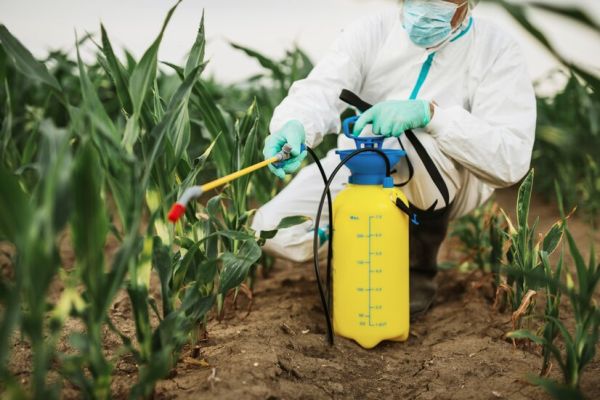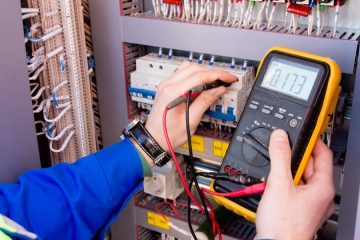Why Monitoring Pest Movements Can Improve Agricultural Yields?

Monitoring the movement of pests is an essential practice in agriculture, and it corresponds to Integrated Pest control in Longview and other areas. Through the understanding of pest movements and activities, farmers are informed on possible invasions and quickly protect their crops. They have time and again shown us how valuable it is in reducing crop risks, improving resource utilization and ultimately the long-term yields.
How Early Detection of Tree Diseases Can Help in Saving Resources?
The early intervention that comes with pest monitoring eliminates the use of intensive measures thus increasing efficiency. It helps farmers control small and early establishing invasions of pests before they become ugly on crops. This strategy ensures better financial outcomes by reducing the operational costs and quality of the harvest is also protected. Also, early action leads to the prevention of overworking of the treatments used in the practices hence will lead to sustainable agriculture.
How Is Technology Involved in Pest Monitoring?
A lot has changed within the pest control industry due to the features technology has provided ranging from remote sensors, drones, and satellite imagery among others. These innovations offer information on how pests are conducting themselves thus enabling the farmer to decide easily. Use of technology in agriculture does not only help make the monitoring process easier but also bring better accuracy when it comes to interventions minimizing the need for spending. Consequently, productivity on the farms can be increased, and costs can be kept to a minimum level.
How does pest monitoring actually help the general management of crops?
The use of pest monitoring makes it easier for farmers to manage their crops well because they are able to determine which particular problem they are dealing with and treat it accordingly. In this way, farmers will be able to get rid of pests without straining the ecosystem as a whole. It makes them go through the right development cycle and reach their optimum point of development that brings in good returns. A proper approach to pest control; through crop management also helps in less chances of pest attack forming a barrier to continually attack crops cutting across the future yields.
Can Pest Monitoring Help in Reducing Risks?
Reduce the chances of random and unwanted invasions, financial risk can be minimized when pest movements are being monitored. About the threats, the farmers can learn about them in advance in order to avoid devastating consequences. This makes the business more financially sustainable as the high and low yields are in a way managed a priori than post-hoc. Moreover, pest management strategies that form the basis of risk assessment allow sustaining market positioning, because stable revenue is critical for demand satisfaction.
Why is Pest Monitoring an Effective Complementary Activity?
Consistent and accurate pest information collected enables farmers to make improved decisions on appropriate planting times, use of treatments, and resource usage. With clear perception on the behavior of the pest, the farmer can easily know where to address his attention. This instrumental function enables more efficient decision-making not only at operational levels but also increases the probability of higher revenue and profitability of agricultural business undertakings.
Conclusion
The tracking of pest movement remains a crucial aspect of current farming that enhances production and profitability. Through proper planning, proper use of technology and proper decision making, a farmer can be in a better position to sustain his or her venture. Adaptive pest control brings the best of the resources in line with the lowest risks to productive and profitable farming and food protection for crops.











